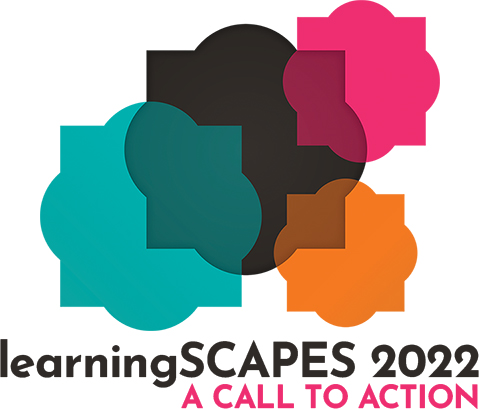 | 1 LU |
 | 1 LU |
If you were born between 2009 and 2012, your view of the space and world around you is quite different. This generation of people wants to invest in making their community and their world a better place, and they expect their school to do exactly that. Would you let an eleven-year-old design your new Middle School? Well, students at The Branch School in Houston, Texas, were given a chance to create their ultimate school. When asked about their end goal, one student answered, “I want my school to help the community.” With the help of Kirksey Architects and Harvey Builders, learners in grades 6 through 8 actively participated in the design of their middle school. They used a Project-Based Learning curriculum to understand the design process, the importance of sustainability in building, and the science of construction. In their own words, hear from them about what they wanted this building to accomplish for their education and development as peacekeepers, problem solvers, and stewards of their world. Listen to the School Board President and the design team explain how the learners created a thoughtful and sustainable solution for their own Middle School. Engage in the same activities that the project team used to gather insight from the students and the teachers, and then you can incorporate these activities and lessons at your school and with your students. Learn about the innovative ideas incorporated into the design to help achieve LEED certification and maximum energy efficiency resulting in overall savings for the school. Finally, see the finished product and celebrate the accomplishments of these students in their new space. Come find out if the students designed a school that will help their community and just how that is happening.
Learning Objectives:

Jody is an Architect and Associate Vice President at Kirksey. She was the Project Manager for The Branch School. Jody has worked in K-12 and Higher Education projects almost exclusively during her 22 year career. She earned her BArch from The University of Cincinnati and became a LEED AP in 2003. She has served on the Board of Directors for the USGBC and has Chaired the AIA Gulf Coast Green Conference. Jody is an advocate for green schools and believes that schools can have a low impact on the earth and a huge influence on the way children learn.

Michelle is an Associate Vice President and Lead Designer at Kirksey. Michelle has made an impact in education through design. In her 13-year career, she has worked on award-winning projects ranging from early childhood facilities to higher education institutions. Michelle has been a speaker at several conventions. In 2016, Michelle was named one of Houston’s Emerging Voices by the Young Architects Forum. Several of her projects have won awards, including AIA Houston Design Awards. For The Branch School, she designed their new building and connected it to their curriculum.

Ann chairs The Branch School’s board of trustees and volunteers in its Outdoor Classroom program. She found the school almost 20 years ago while still working as a chemical engineer and manager for ExxonMobil Chemical company. She was about to retire and looking for a volunteer career, and the school was a perfect fit. Her engineering career began with a MChE from Rice in 1980 that followed five years teaching community college and high school English in Washington after a Stanford degree in English with a German minor. Her teaching experience there was used extensively in her Exxon career, and at TBS in developing a nature studies and horticulture curriculum for the PK3-8 school.

Wendy serves as the Project Manager for Harvey Builders, General Contractor for The Branch School project. Wendy graduated with honors from the University of Houston with a Bachelor’s degree in Construction Management. Harvey has constructed numerous LEED projects in Houston, but The Branch School is quite unique as it is the first geothermal project who’s goal is to become a net-zero, energy efficient building. The project consists of 80 underground geothermal wells, with each well being 300 feet deep. The construction and design industry is continuously changing and Harvey was both honored and excited for the opportunity to partner with Kirksey and build the best teaching tool for the younger generation. Harvey plans to highlight this project and continue to evolve, alongside leading designers, to a more sustainable built environment.
The built and natural environments have profound impacts on our behaviors both for better and worse. How do we cultivate a sense of place for better? How might the built and natural environments be made to enhance teaching and learning? How might school buildings and grounds foster a sense of community by reflecting those they serve?
Primary Core Competency
Educational Visioning: Exhibits an understanding of best and next practices related to educational leadership, programming, teaching, learning, planning and facility design. Establishes credibility with educators, community members and design professionals while conceiving and leading a community-based visioning process. Demonstrates the ability to articulate the impact of learning environments on teaching and learning and uses that ability to facilitate a dialogue that uncovers the unique needs and long-range goals of an educational institution and its stakeholders – translating that into an actionable written/graphic program of requirements for the design practitioner.